SUMMARY
This is AI generated summarization, which may have errors. For context, always refer to the full article.

SHANGHAI, China – China cut its benchmark lending rate and lowered the mortgage reference by a bigger margin on Monday, August 22, adding to last week’s easing measures, as Beijing boosts efforts to revive an economy hobbled by a property crisis and a resurgence of COVID-19 cases.
The People’s Bank of China (PBOC) is walking a tightrope in its efforts to revive growth. Offering too much of stimulus could add to inflation pressures and risk capital flight as the Federal Reserve and other economies raise interest rates aggressively.
However, weak credit demand is forcing the PBOC’s hand as it tries to keep China’s economy on an even keel.
The one-year loan prime rate was lowered by 5 basis points to 3.65% at the central bank’s monthly fixing on Monday, while the five-year LPR was slashed by 15 bps to 4.30%.
The one-year LPR was last reduced in January. The five-year tenor, which was last lowered in May, influences the pricing of home mortgages.
“All told, the impression we get from all the PBOC’s recent announcements is that policy is being eased but not dramatically,” said Sheana Yue, China economist at Capital Economics.
“We anticipate two more 10-bps cuts to the PBOC policy rates over the remainder of this year and continue to forecast a reserve requirement ratio (RRR) cut next quarter.”
The LPR cuts come after the PBOC surprised markets last week by lowering the medium-term lending facility rate and another short-term liquidity tool, as a string of recent data showed the economy was losing momentum amid slowing global growth and rising borrowing costs in many developed countries.
Shares of Chinese developers listed in Hong Kong rose 1.7%, while China-listed property stocks were relatively stable in morning deals.
But worries over widening policy divergence with other major economies dragged the Chinese yuan to near two-year lows. The onshore yuan last traded at 6.8258 per dollar.
In a Reuters poll conducted last week, 25 out of 30 respondents predicted a 10-bps reduction to the one-year LPR. All of those in the poll also projected a cut to the five-year tenor, including 90% of them forecasting a reduction larger than 10 bps.
Testing time for PBOC
China’s economy, the world’s second biggest, narrowly avoided contracting in the second quarter as widespread COVID-19 lockdowns and a property crisis took a heavy toll on consumer and business confidence.
Beijing’s strict “zero-COVID” strategy remains a drag on consumption, and over recent weeks cases have rebounded again. Adding to the gloom, a slowdown in global growth and persistent supply-chain snags are undermining chances of a strong revival in China.
A raft of data, released last week, showed the economy unexpectedly slowed in July and prompted some global investment banks, including Goldman Sachs and Nomura, to revise down their full-year gross domestic product (GDP) growth forecasts for China.
Goldman Sachs lowered China’s 2022 full-year GDP growth forecast to 3% from 3.3% previously, far below Beijing’s target of around 5.5%. In a tacit acknowledgement of the challenge in meeting the GDP target, the government omitted a mention of it in a recent high-profile policy meeting.
The deeper cut to the mortgage reference rate underlines efforts by policymakers to stabilize the property sector after a string of defaults among developers and a slump in home sales hammered consumer demand.
The central bank on Monday pledged to step up support for the economic recovery, which is at a critical stage, and urged major state banks to lead the way in stabilizing loan growth and safeguarding the reasonable financing needs of the property sector.
Capital Economics’ Yue said the weakness in loan demand is partly structural, “reflecting a loss of confidence in the housing market and the uncertainty caused by recurrent disruptions from China’s zero-COVID strategy.”
“These are drags that can’t be easily solved by monetary policy,” Yue said.
Sources last week told Reuters that China would guarantee new onshore bond issues by a few select private developers to support the sector, which accounts for a quarter of the national GDP.
The LPR cut was necessary, “but the size of the reduction was not enough to stimulate financing demand,” said senior China strategist at ANZ, Xing Zhaopeng, who expects the one-year LPR could be cut further.
Goldman Sachs economists also predicted more easing, but noted that policymakers were facing a testing time.
The economists said the PBOC might not be in a “rush to deliver more interest rate cuts,” because of “rising food prices and potential spillover effects from developed markets’ monetary policy tightening.” – Rappler.com
Add a comment
How does this make you feel?
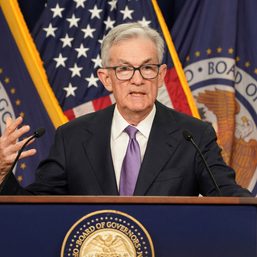
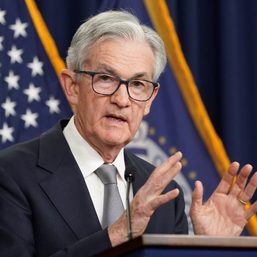
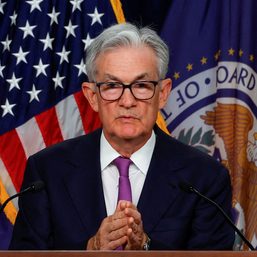
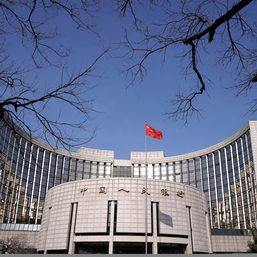







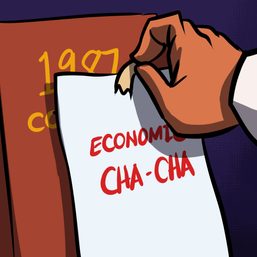



There are no comments yet. Add your comment to start the conversation.